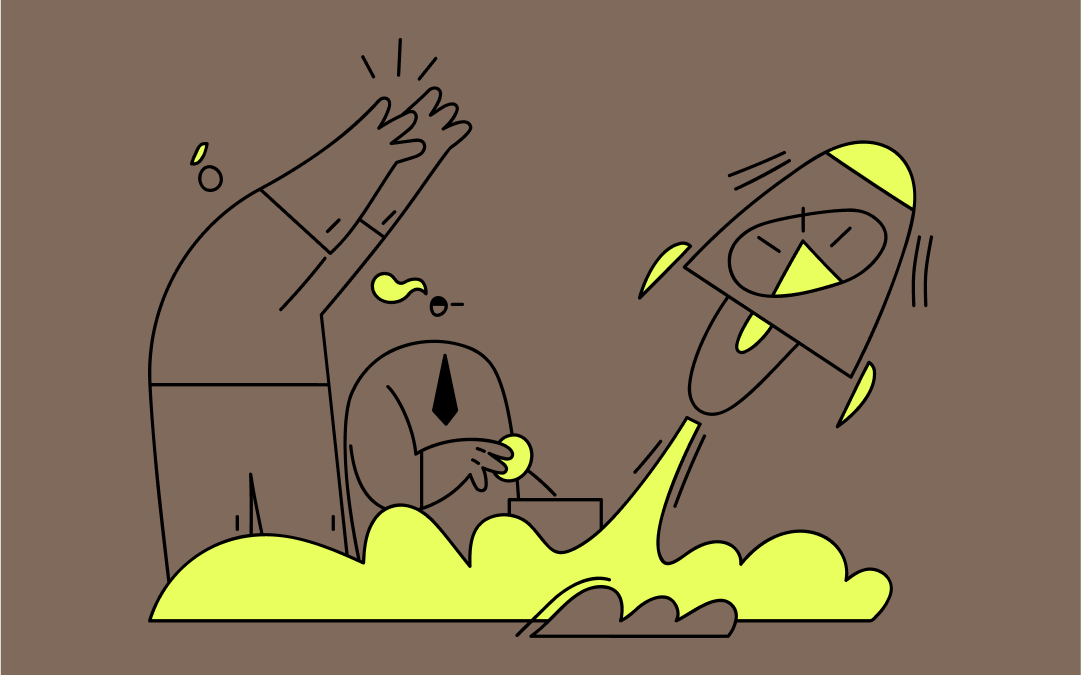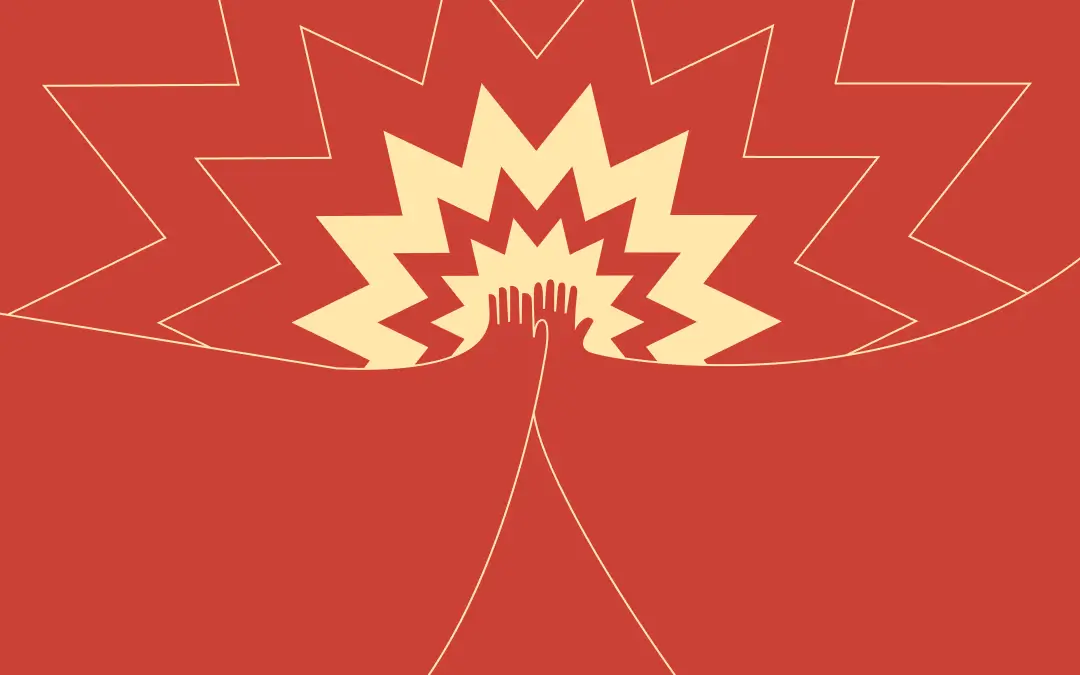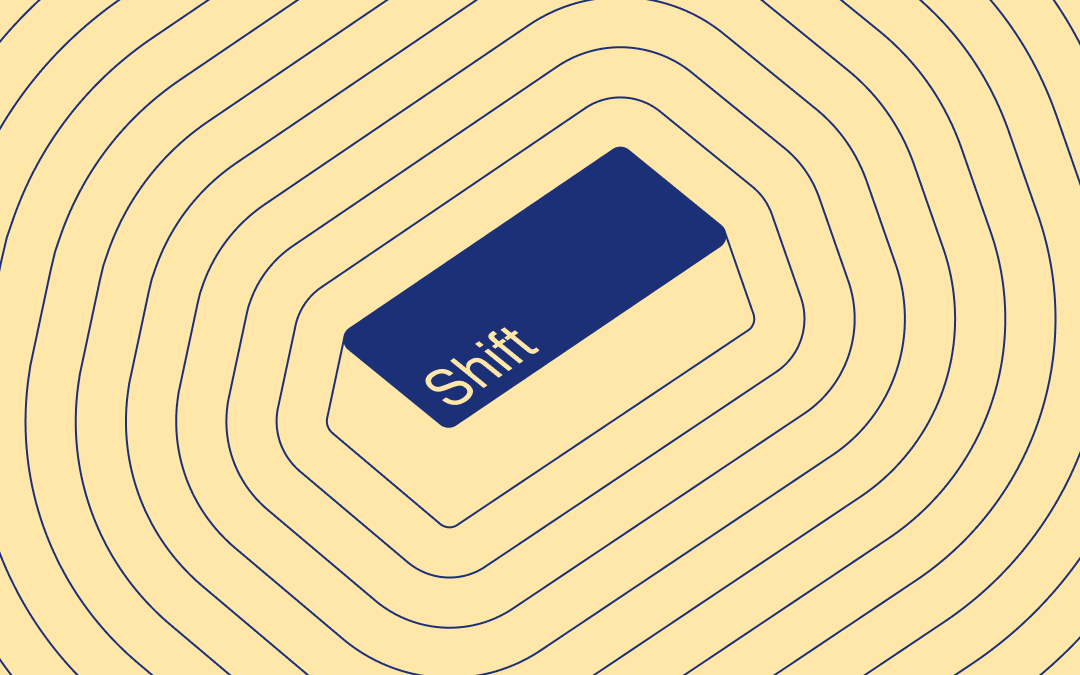Most transformation efforts fail for a simple reason: leaders focus on perfecting the strategy while ignoring how their people feel about change. This is the belief gap between ambitious plans and the people who must make them real. The companies that succeed? They close this gap first by understanding the emotional side of transformation. The result is faster adoption, stronger cultures, and the momentum needed for real impact.
The uncomfortable truth most transformation efforts refuse to acknowledge: The companies that achieve real impact—the exits, IPOs, and winning cultures everyone wants to join don’t start with strategy decks. They start with understanding how people feel about the current direction, leadership, and what’s possible.
The Fatal Flaw in Traditional Transformation
The old playbook is seductive in its simplicity: Analyze the market, identify opportunities, craft the perfect strategy, then roll it out with communications and change management. It feels logical, measurable, and controllable.
It’s also why 70% of transformation efforts fail. (McKinsey)
The problem isn’t with the strategy itself—it’s with the assumption that people will embrace change simply because the logic is sound. But humans aren’t rational actors. We’re emotional beings who make decisions based on how something feels, then justify those decisions with logic.
When leaders skip the emotional groundwork, they’re essentially asking people to believe in something they had no hand in creating. The result? Resistance disguised as “practical concerns,” passive compliance instead of passionate commitment, and strategies that look brilliant on paper but die slow deaths in conference rooms.
The New Formula: Ambition → Belief → Momentum → Impact
The companies that crack the code understand a fundamental truth: Ambition without belief is just wishful thinking.
Real transformation follows a different sequence:
- Ambition (your strategic vision) must be grounded in
- Belief (emotional buy-in from your people) to create
- Momentum (accelerated adoption and execution) that drives
- Impact (the outcomes you actually care about)
Skip the belief-building phase, and your brilliant strategy becomes expensive PowerPoint slides gathering dust.
How to Build Belief Before Strategy
This isn’t about getting “buy-in” for predetermined plans. It’s about understanding the emotional landscape your strategy will need to navigate, then co-creating something people can genuinely believe in.
Emotional Audit Before touching any strategy work, dig into how your people really feel about change. This goes deeper than engagement surveys or town halls. You need to understand:
- How do they feel about the current direction and leadership?
- What past transformation efforts left scars that still affect their willingness to embrace change?
- What successes created confidence they can build on?
- Who are the informal influencers who could become champions or blockers?
This isn’t just data collection—it’s understanding the stories people tell themselves about why things work or don’t work in your organization.
Co-Creation, Not Communication Here’s where most leaders go wrong: They disappear for months with their strategy consultants, then return with finished plans and wonder why people aren’t excited.
The new way involves key voices in shaping the strategy itself. When people help build something, they don’t just understand it—they own it. This doesn’t mean decision-by-committee; it means strategic input from the people who will make it real…like bringing in regional sales leads early to flag go-to-market barriers leadership might not see, or engaging implementation teams in shaping how a new platform rollout is phased etc.
Culture starts shifting during strategy development, not after.
Universal Engagement The final phase isn’t just about communication, it’s about helping every person see their essential role in the bigger story. The finance person needs to understand how they contribute to the vision just as much as the sales team does.
When everyone becomes a strategy evangelist, transformation accelerates exponentially.
The Belief Multiplier Effect
Companies that embrace this approach don’t just see faster adoption, they see compound benefits:
- Reduced Change Fatigue: When people feel heard and involved, they’re more resilient to the inevitable pivots and adjustments
- Accelerated Innovation: Teams that believe in the direction are more likely to take smart risks and contribute breakthrough ideas
- Cultural Magnetism: Organizations with strong belief systems attract top talent who want to be part of something meaningful
- Market Momentum: Internal belief translates to authentic external expression, creating brands that customers genuinely connect with
The Choice Every Leader Faces
Culture doesn’t change because you announce a new direction. Culture changes because people feel connected to something bigger than themselves.
So before you invest in your next transformation effort, ask yourself: Do you know how your people really feel about change? Are you building on solid emotional ground, or are you constructing another beautiful strategy on quicksand?
This isn’t just data collection. It’s understanding the stories people tell themselves about why things work or don’t work.
Because ambitious strategies without belief never create the momentum you need for real impact.















